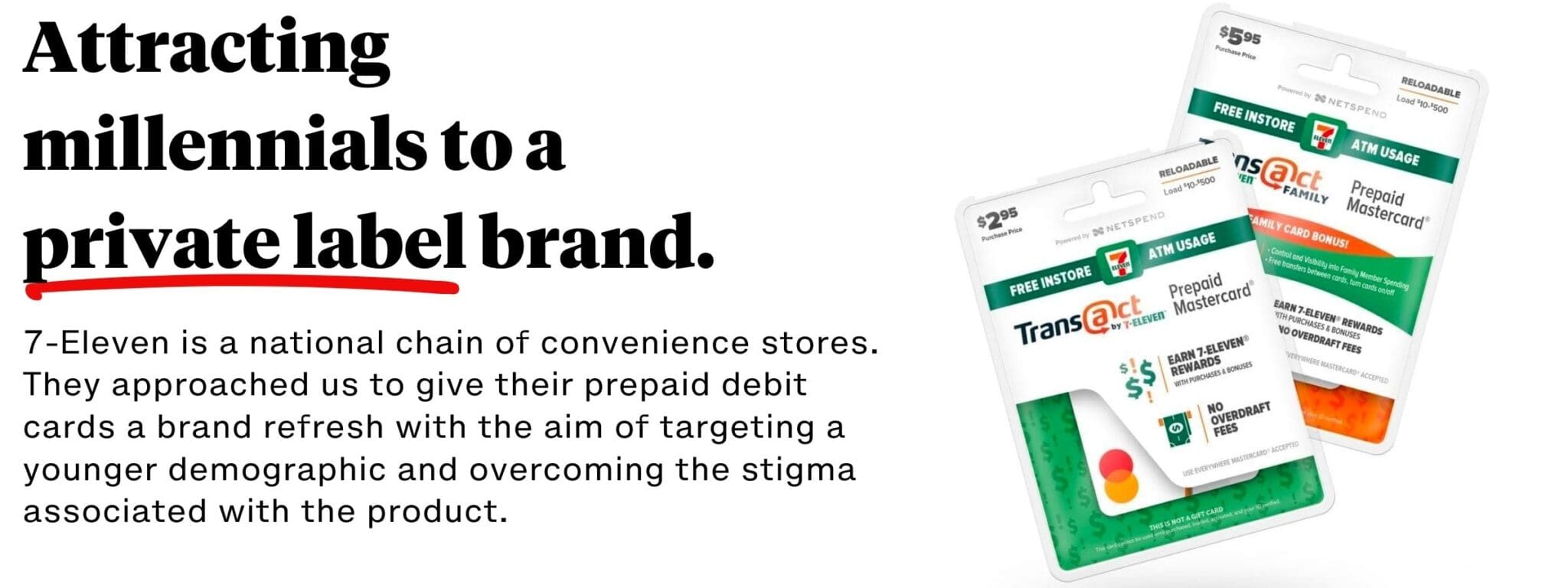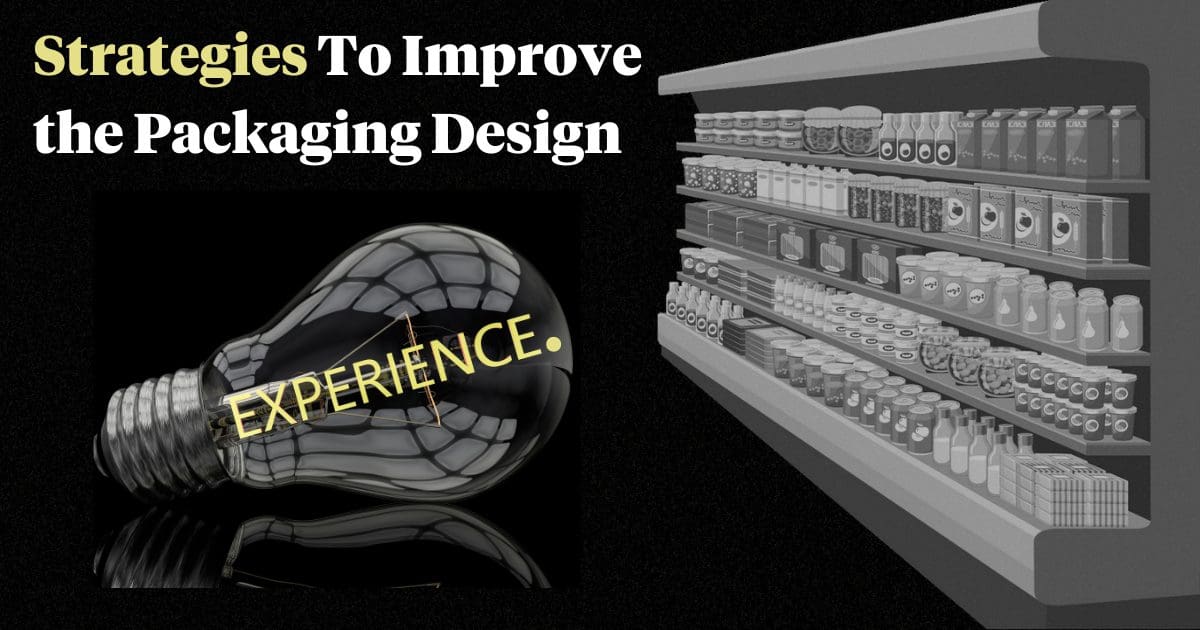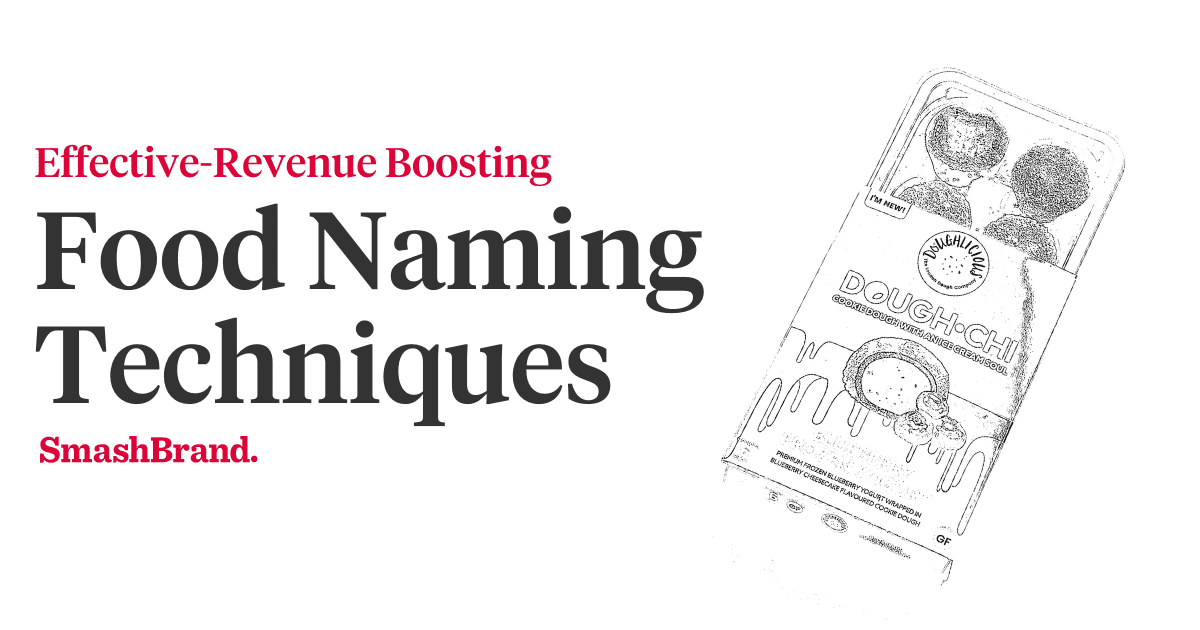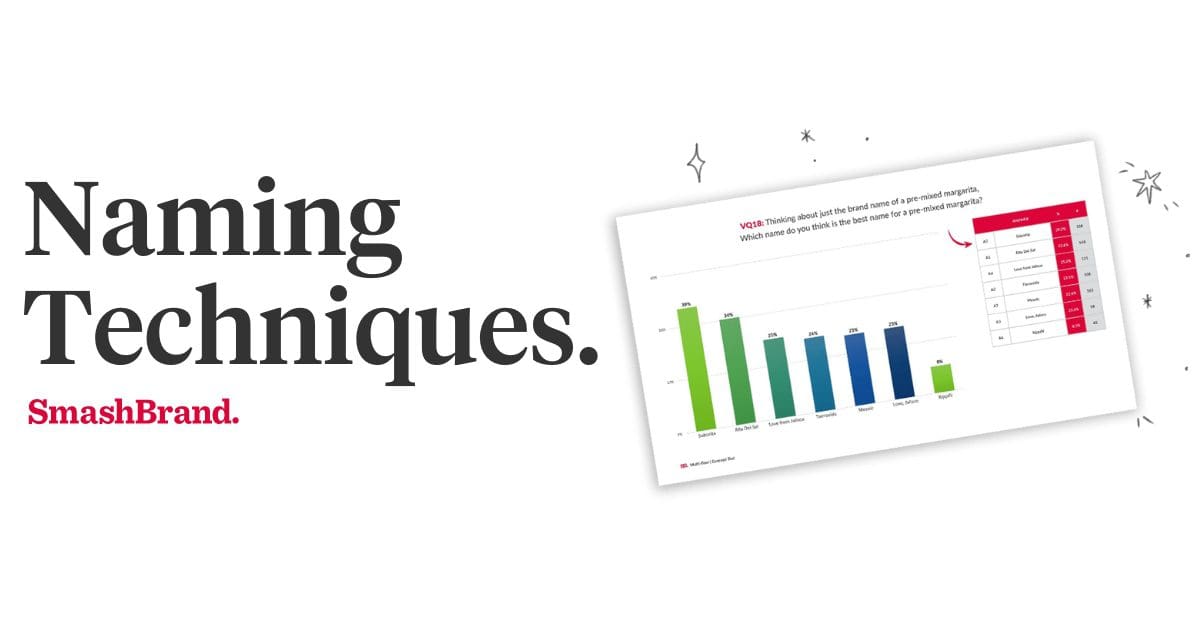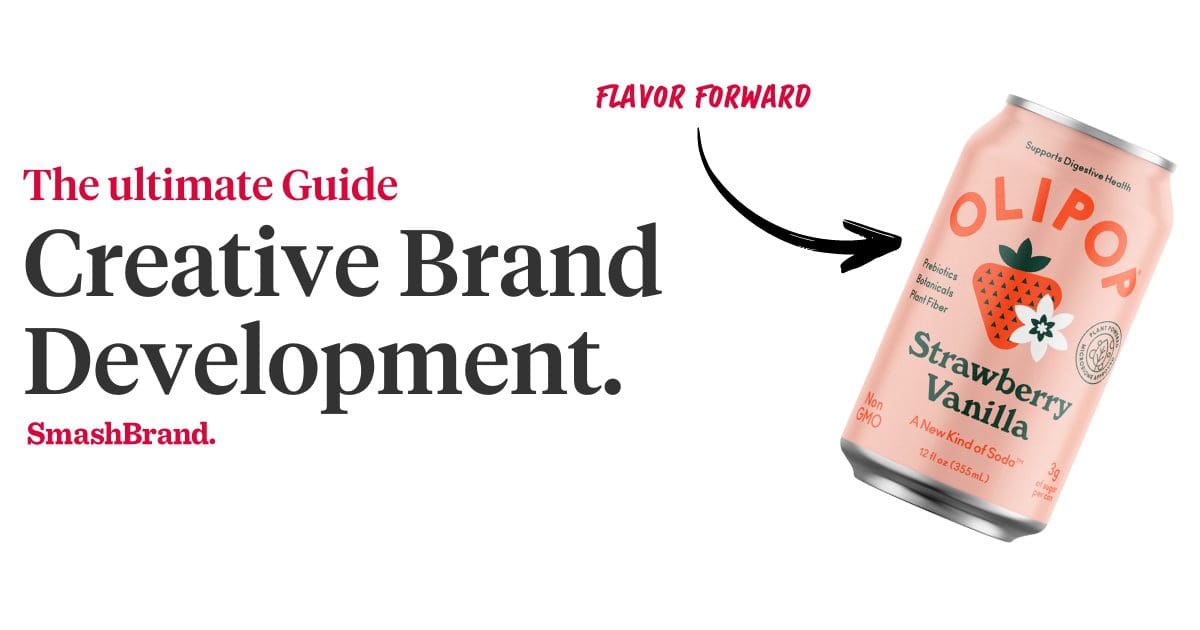Listen to This Article

Even with better quality, product innovations, and lower pricing, 80% of emerging new products fail to perform on retail shelves. Despite having a solid marketing plan and uplifting company mission statement, there’s a good chance that brands creating a better CPG packaging experience will replace your product.
Want to be the brand that swipes away consumers because its packaging intrigues, surprises, and satisfies them? In this article, you will learn:
- How to address the five senses in your product packaging.
- Ways to increase consumer commitment to your product.
- When it’s the right time to “show off” the goods.
- Why one aspect of the experience should shine above the rest.
- The biggest mistake CPG brands make when considering the packaging experience.
From connected packaging to customer experience, we cover everything you need to know to develop a unique product packaging experience.
Get your Hands on the SmashReport!
And enter to win a FREE brand diagnosis worth $20,000.
*The SmashReport is a monthly newsletter for FMCG and CPG brands, helping them stand out in the competitive retail marketplace.
Your Initial Product Packaging Strategy
From concept to final design, numerous steps will be in strategizing the packaging experience. In the first session, where you review your brand packaging strategy, you will generate ideas within a particular set of constraints. These constraints create a framework for your product packaging experience.
Without a high-level brand packaging strategy, designs are wild and incomparable. To create your initial concept strategy, have your team dedicate time to developing and reviewing the following:
- Establish a budget for your packaging, design, and the experiences attached to your packaging.
- Perform a competitive analysis for products in your category to see what’s working, what isn’t, and what brands have yet to attempt.
- Create swipe files from other consumer packaged goods categories to find what works for these brands.
- Create reports based on your first-party data, consumer testing, and information collected from focus groups or surveys to discover the problems consumers face and where their expectations go unmet.
Targeting The Five Senses In Your Packaging Experience
With brand guidelines in place, it’s time to consider how we will improve the packaging experience. One method is to review the five senses and how they affect consumers before, during, and after a purchase.
Eyesight: The easiest for CPG brand owners to understand. How can we capture attention and leave a visual impression on consumers?
Hearing: Hearing occurs both internally and externally. What message do we want consumers to either vocally or repeat this message to themselves?
Taste: We might assume that taste begins upon first use, but the senses in our mouth start with a thought. Think about how your mouth waters when you see a food you love. The primary salivary centres activate when we recognize a preferred flavor.
Touch: Memory retention increases when touch is involved. Including touch into our packaging design helps to create a lasting experience.
Smell: With this sense, you are fighting the competitive landscape and the environment. Like taste, what we think influences what we smell.
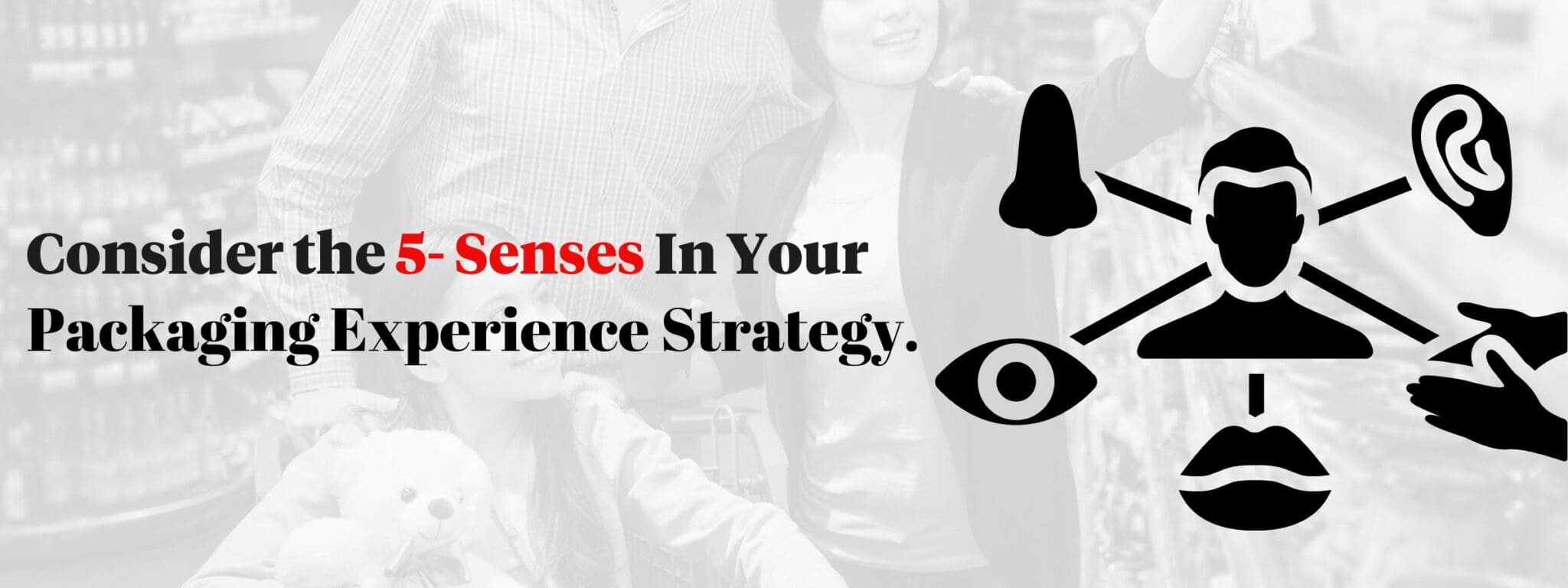
Any CPG or FMCG packaging design aims to target all 5 of these senses throughout the packaging journey. From looking at the products on shelves to a product’s final use, these senses play a role in the initial and repeat purchases.
Taking An Action Increases Commitment
Have you ever grabbed your credit card to purchase a product (physical or digital) where the price seemed not worth it to the company? Smart marketing departments understand that a small action (and investment) increases your brand commitment setting them up to receive future (larger) purchases. If you spend .99 on an e-book, you will be more inclined to spend 9.99 on the online course. When you pay 9.99 for the online course, will you be more willing to spend 99.99 on group coaching?
But how does this relate to CPG? Even before making an initial purchase, having a consumer make small investments into your product increases the likelihood they will convert into a buyer. Smart packaging is one way to accomplish this when consumers are in the buyer consideration phase.
Here’s where many companies need to improve. They include smart packaging outside their products with an extensive brand story, hoping to convince consumers to “believe” in them. Good attempt, but since time is valuable, long brand stories may extend past the cost of the product making this a conflicting strategy that can lead to lower purchase intent.
Use your outer smart packaging to get consumers to make a small investment. Save your flushed-out brand story or product value add for the internal smart packaging on a box or under the lid.
Should You Gamify The Experience?

As we move into web 3.0 and CPG brands start entering the Metaverse to do commerce and support retail channels, there will be more opportunities than ever for packaging to provide an experience. CPG in web 3.0 means integrating physical goods into the digital universe.
How does your package design integrate digital communication to enhance the brand experience?
Our Take On The Current Packaging Experience Trends
Media latches on to interest. Not necessarily the interest of consumer purchasing habits, but more so in what conversations consumers pay attention to. For product packaging, discussing CPG trends is a slippery slope where brands may grab hold of a movement that holds zero value at the point of purchase.
Here’s a look at some of the more recent packaging trends.
Transparent Packaging
In CPG packaging, transparency has two meanings. The first and less discussed definition of transparency is clear packaging where the product remains visible. The second and most often discussed are brands being clear about the ingredients they use and the sourcing of these ingredients.
Not only does product transparency include product ingredients but also the packaging ingredients. Sustainable packaging is increasing in media conversations, brand investment, and consumer awareness, but this doesn’t mean it will increase the shelf performance of your brand.
As a purchase driver, the added cost of sustainability may push you out of retail opportunities and can be seen as white noise. It’s important to remember that when consumers shop at retailers such as Whole Foods, they expect sustainability in product packaging. Unless using a distinguishing attention-grabbing purchase driver, label mentions may not have the impact you are hoping for.
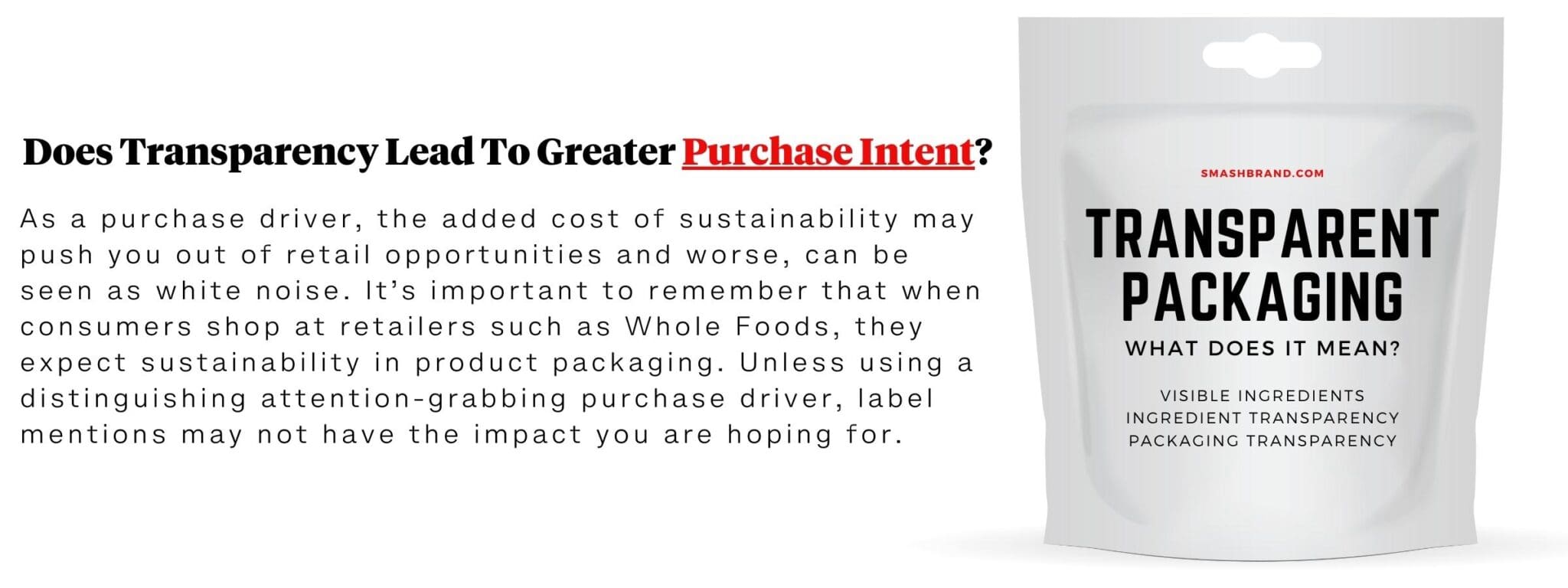
Less is More
Remember when bars of soap included a fully enclosed box design? Piggybacking off transparency, using less packaging is a CPG industry trend that supports sustainability.
While less waste is undoubtedly a good thing, not-so-durable goods are subject to being damaged and discolored when exposed to less than-careful consumers and the elements.
When considering a less is more, minimalistic packaging design approach, your CPG product must be tested to determine its durability. Instead of an exposed soap bar, can you include plant-based packaging material as a plastic alternative for wrapping your product? Then slide a cardboard insert over the wrap for branding and product explanation.
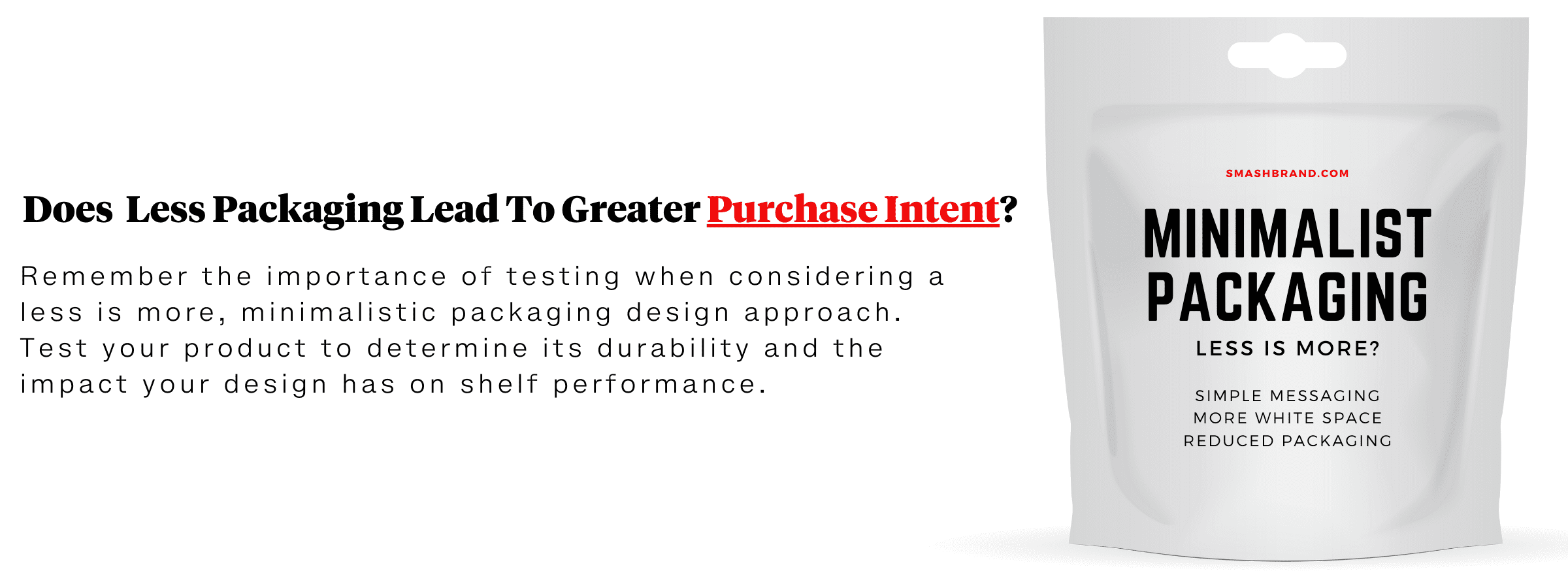
In every package design strategy, consider how you can leverage innovations and packaging solutions to move you closer to sustainability while maintaining shelf stability.
Product Packaging Design Tips To Enhance The Experience
With nearly 20 years in the packaging industry, we have witnessed themes that live through every economic climate and generation of consumers. Here are two lesser-applied tips that will increase the packaging experience.
Create Frustration-Free Packaging

Brands that avoid the media trend-induced packaging trends trap are more likely to identify opportunities. With less focus on “industry” and more on solving the problems consumers face, you gain an advantage over the current product landscape.
The best product packaging purchase driver brings awareness to consumer problems and then do a great job solving those problems. This includes problems a consumer has yet to consider.
Here’s an example to clarify our point. A fit mom who has been lifting weights for years might be strong enough to open your product, but what about the mom who doesn’t work out? Will she be frustrated when her baby screams and can’t get the “meant to enhance experience” mason jar open?
There is almost always a problem to solve, so look for ways to differentiate your consumer goods product with frustration-free packaging.
Focus on the One Thing

What’s the one aspect of your packaging experience that CPG marketers can use to increase product virality? While you should aim to create the best experience possible, you need one shining aspect of your packaging design that will shine above the rest.
Don’t get caught up in packaging FOMO. If you want your packaging to build brand identity and increase consumer demand, you must use one feature across your entire CPG marketing campaign.
Remember, the expectation is a prerequisite to experience. If we expect something to deliver a result, and it does, we will be further satisfied. This is why marketing your packaging innovation is so important. Trying to market ten innovations will pull customers in many directions, forgetting what separates your products from the pack.
Let’s Create The Packaging Experience Together
Want to know with certainty how your product will perform on retail shelves? We are the only packaging design agency that guarantees shelf performance. Book a time to learn about our CPG branding, consumer testing, and packaging design process.
